A Xingfa cement factory’s reimagining breathes new life into an abandoned industrial site
We tour the Xingfa cement factory in China, where a redesign by landscape architecture firm SWA completely transforms an old industrial site into a lush park
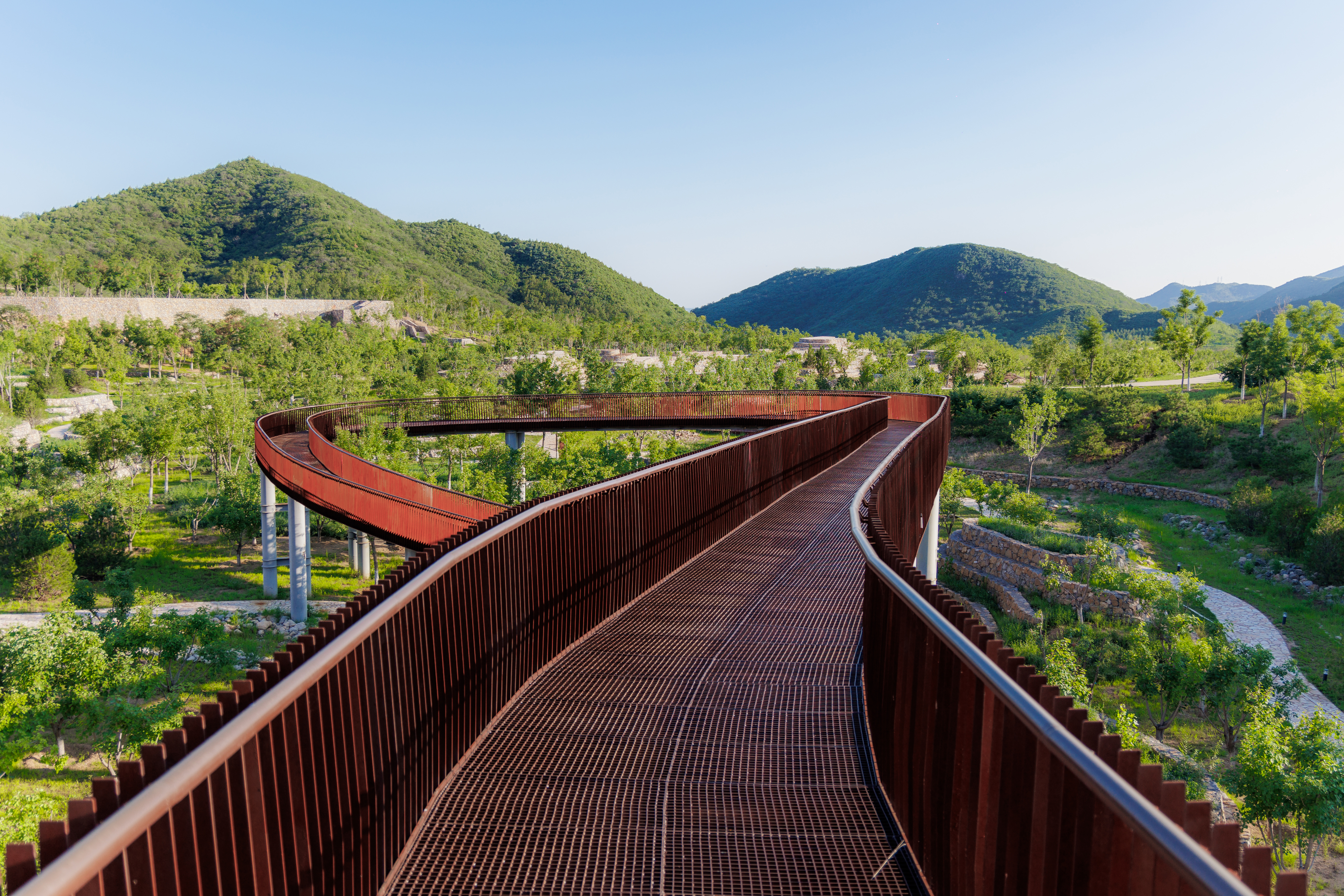
The Jinyu Xingfa Technology Campus & Quarry Park, nestled between the Great Wall of China and Yanqi Lake, 70km north of central Beijing, breathes new life into an abandoned industrial site. Once a bustling cement factory, built in the early 1990s, that supplied big-ticket projects such as the ‘Bird's Nest’ National Stadium, this 107.5-hectare expanse has evolved dramatically since closing in 2015 under China’s ambitious National Air Quality Action Plan.
Today, 54 factory buildings stand preserved, now hosting innovation laboratories where researchers explore physics, engineering, and artificial intelligence.

Explore the newly greened site of the Xingfa cement factory
The site's owners, Beijing Jinyu Group, a construction materials and real estate conglomerate, wanted more than environmental clean-up – they challenged landscape architects SWA to create a destination that would harmonise industrial heritage with natural beauty, connecting visitors to both the ancient wall and tranquil lake waters that frame the property.
SWA’s masterplan plays with the quarries' natural contrasts – the lower basin now holds a mirror-flat water feature, while the elevated pit frames an intimate open-air venue – to create immersive experiences through winding trails, textured plantings, and leisure spaces that echo the site's industrial roots.
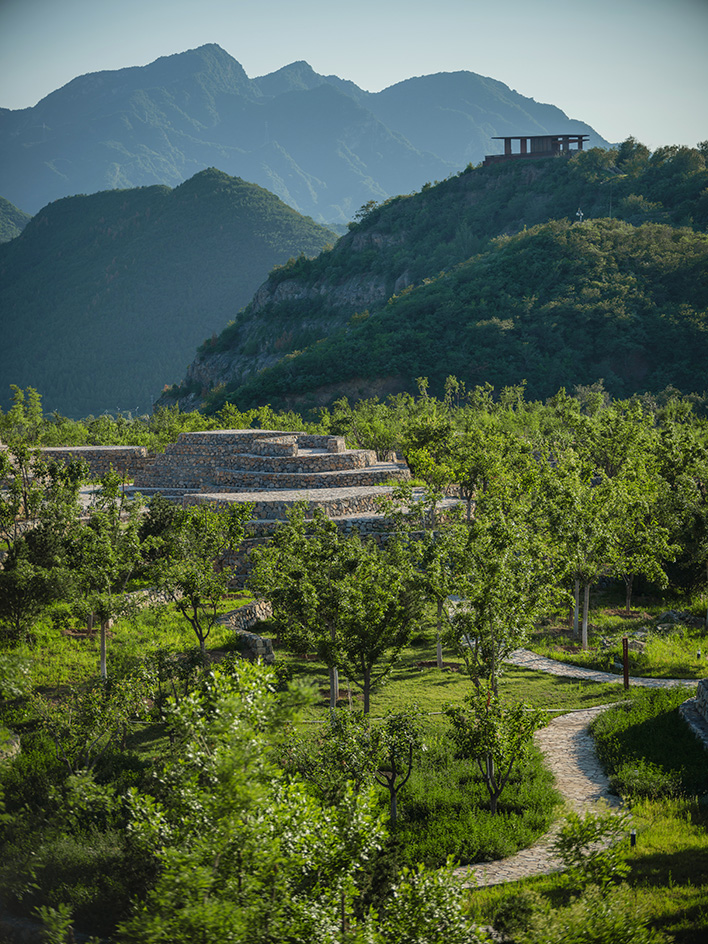
SWA's approach embraces the quarries' raw personality. ‘We focused on integrating ecology and artistic expression into the plan,’ explains Jack Wu, the studio’s managing principal. ‘An ecological pool in Quarry 1 collects rainwater from the mining area, while scattered stones in Quarry 2 create a compelling land art zone.’
Nothing has gone to waste. Local stone and shale find new purpose in walls, seating, and tactile paving. Massive excavators now stand as weathered sculptures, while salvaged machinery parts appear as distinctive signage along pathways that link the quarries and reveal the site's industrial heritage.
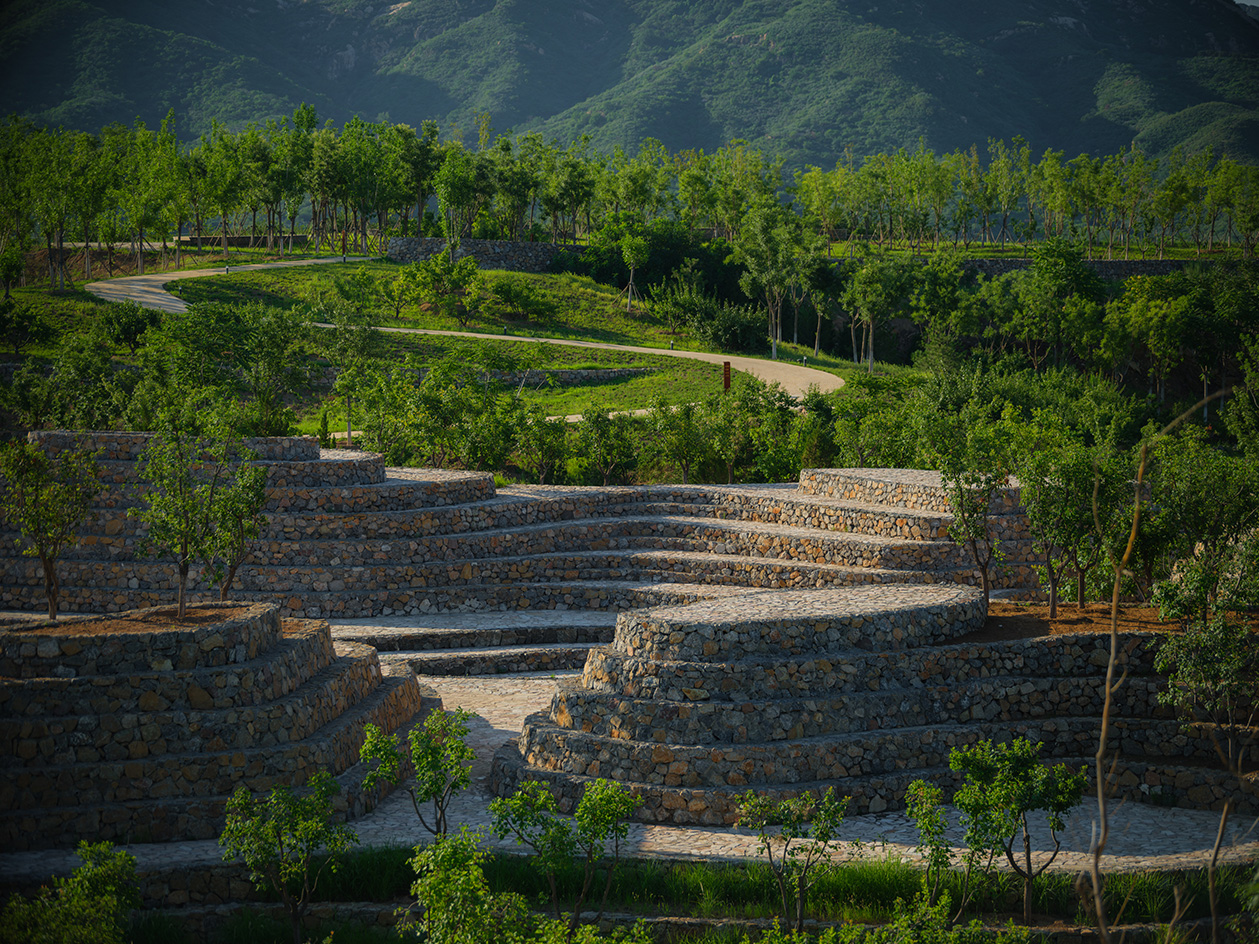
Greening the stark terrain proved trickier than expected. Wu admits his team was surprised by the challenges of coaxing life from the quarry's unforgiving landscape. After persistent experimentation, a hardy palette emerged – tenacious elms, mulberry and arborvitae cling to thin soils, while nitrogen-fixing plants quietly rebuild fertility below. Come autumn, native smoke trees and maples paint the landscape in russet and gold, their roots slowly binding the once-barren ground.
Wallpaper* Newsletter
Receive our daily digest of inspiration, escapism and design stories from around the world direct to your inbox.
Water flows through the site with newfound purpose. A thoughtfully designed drainage network captures seasonal downpours, feeding a self-sustaining pond that requires no artificial replenishment after its initial fill.
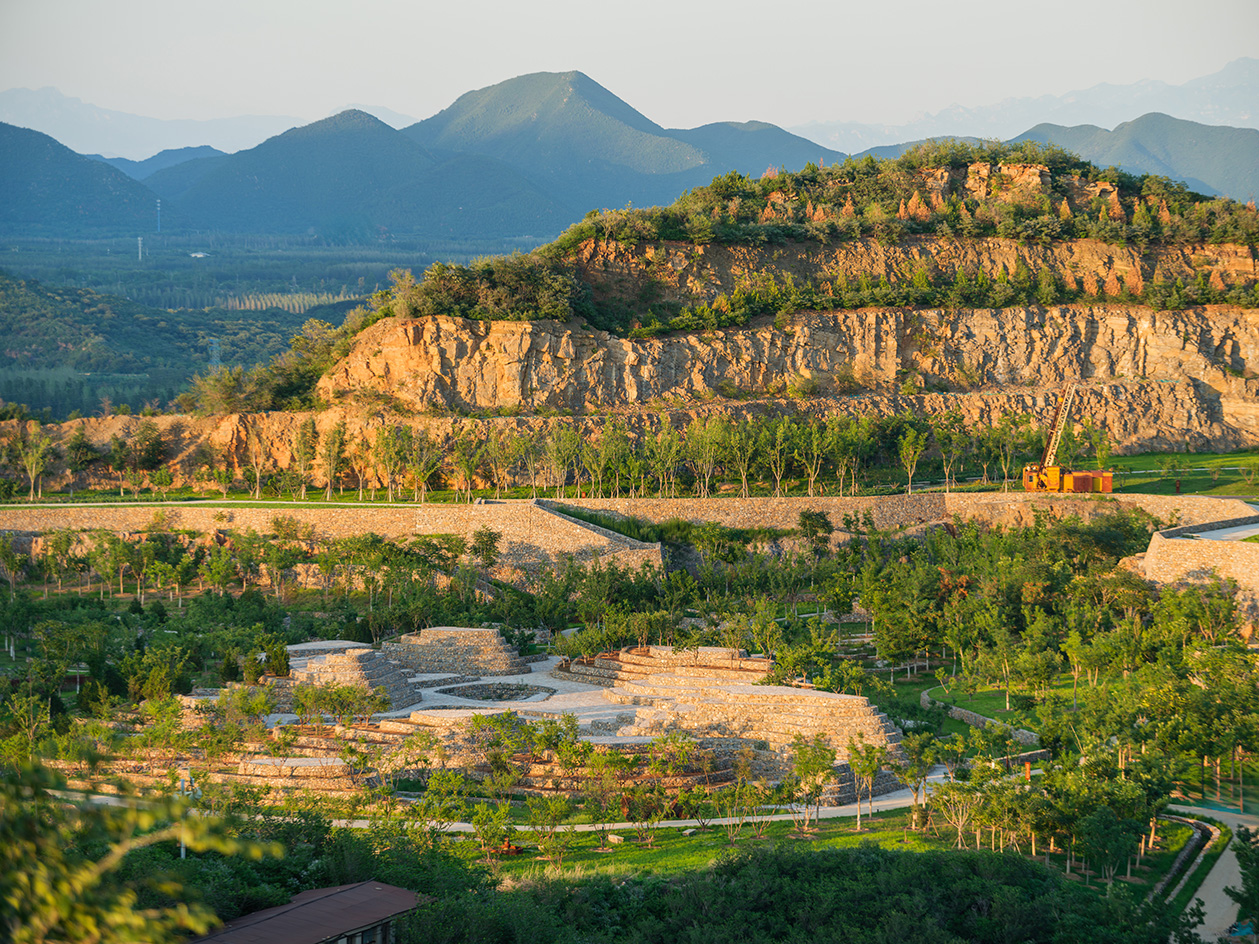
The park’s seven-year journey from industrial void to ecological haven signals an encouraging shift in China's environmental aesthetics. What began as corporate redevelopment has become something more profound – a testament to how extractive landscapes can, through patient design, yield spaces of contemplation and unexpected beauty.
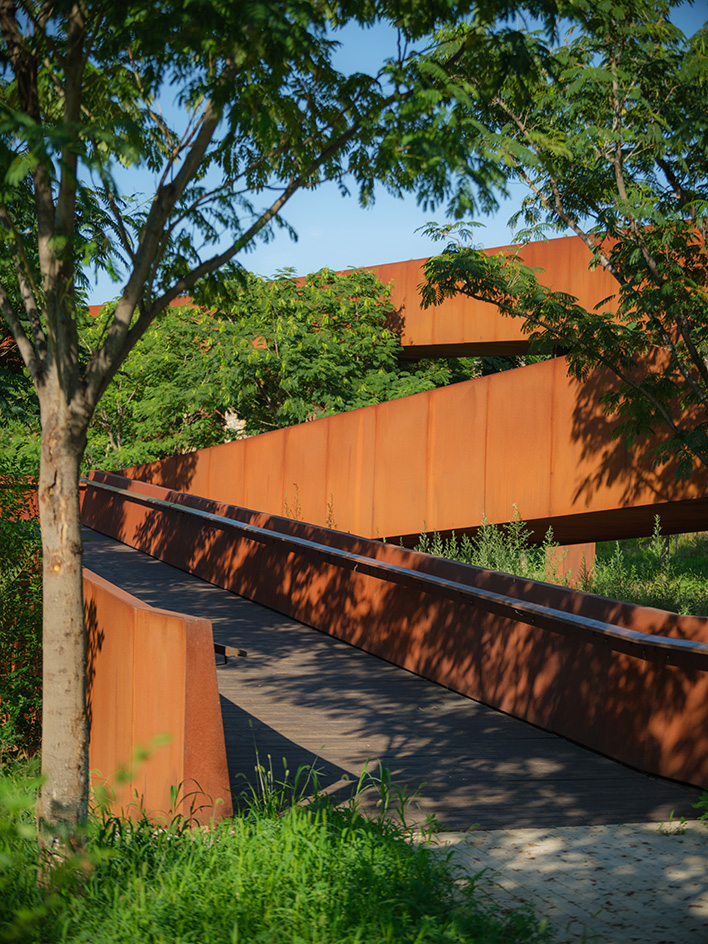
Daven Wu is the Singapore Editor at Wallpaper*. A former corporate lawyer, he has been covering Singapore and the neighbouring South-East Asian region since 1999, writing extensively about architecture, design, and travel for both the magazine and website. He is also the City Editor for the Phaidon Wallpaper* City Guide to Singapore.
-
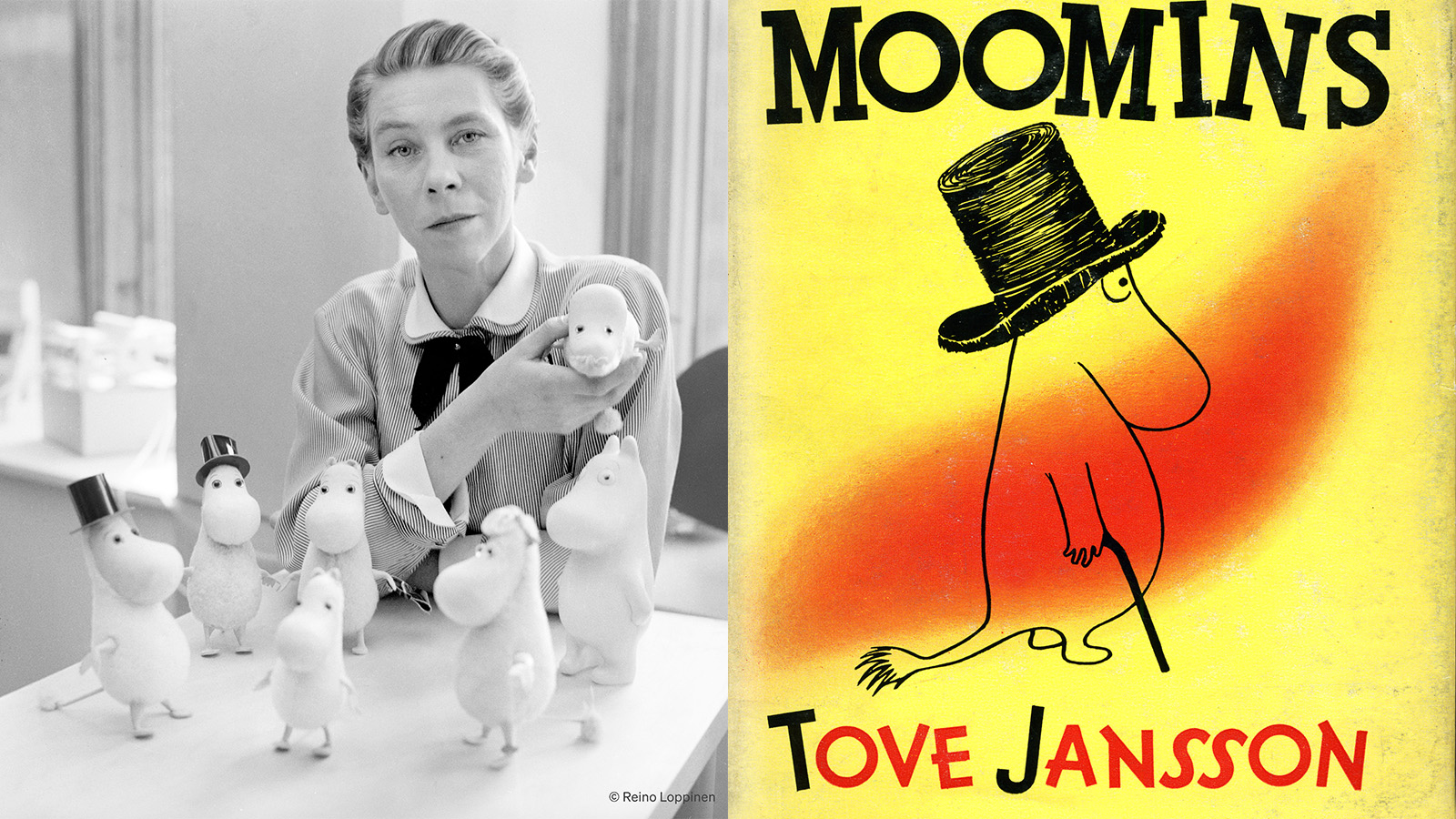 The Moomins take New York with a debut US exhibition
The Moomins take New York with a debut US exhibitionIn time for her beloved characters' 80th anniversary, the work of Finnish artist Tove Jansson will go on display at the Brooklyn Public Library
-
 Twin Peaks’ Double R Diner is coming to London (for a day)
Twin Peaks’ Double R Diner is coming to London (for a day)Mubi marks Twin Peaks’ 35th anniversary with pop-up diner and streaming release
-
 Why are so many rooms covered in curtains?
Why are so many rooms covered in curtains?Comfort, privacy, and performance are all contained in the rooms swaddled in plush draperies
-
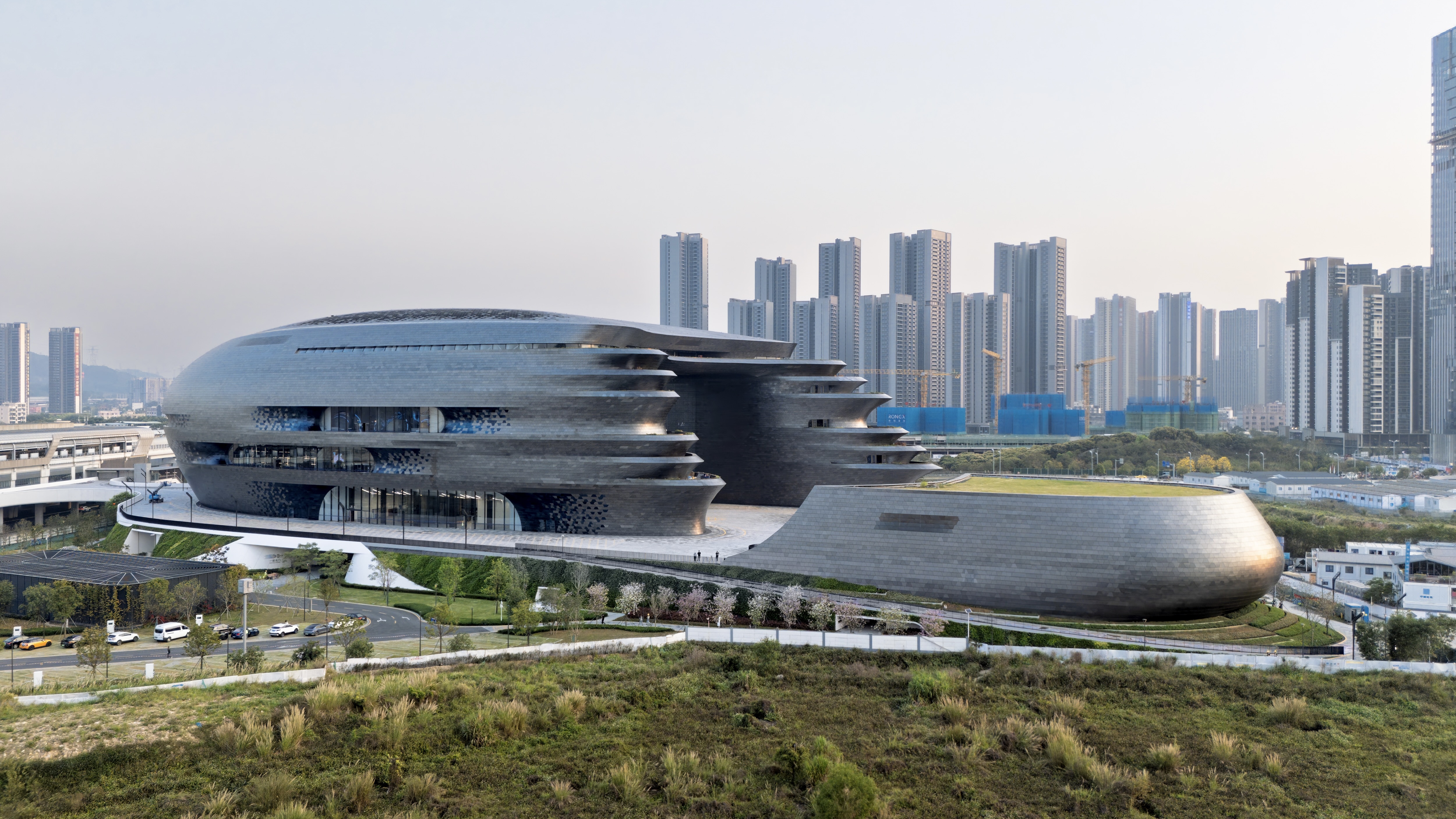 Zaha Hadid Architects’ spaceship-like Shenzhen Science and Technology Museum is now open
Zaha Hadid Architects’ spaceship-like Shenzhen Science and Technology Museum is now openLast week, ZHA announced the opening of its latest project: a museum in Shenzhen, China, dedicated to the power of technological advancements. It was only fitting, therefore, that the building design should embrace innovation
-
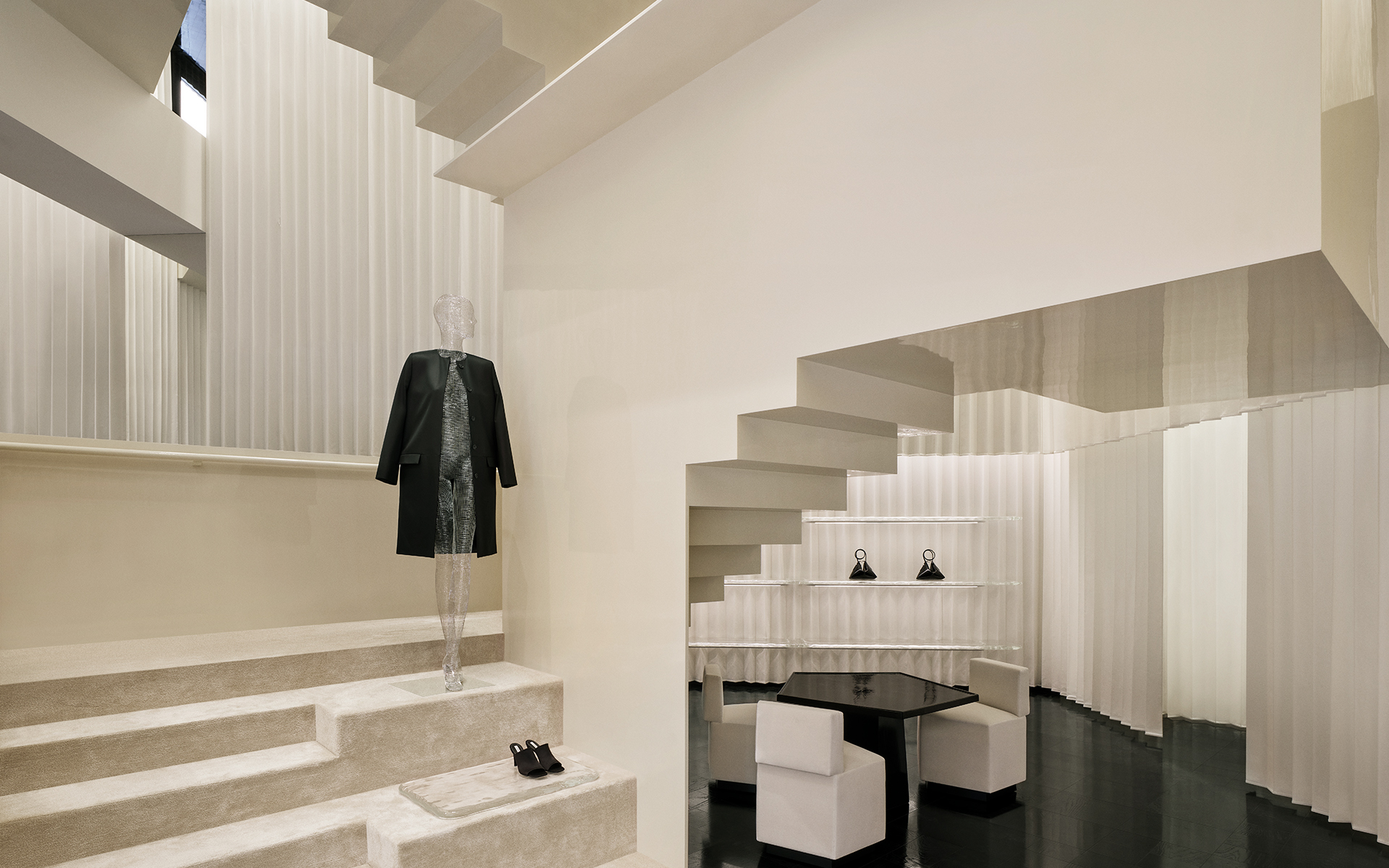 Bold, geometric minimalism rules at Toteme’s new store by Herzog & de Meuron in China
Bold, geometric minimalism rules at Toteme’s new store by Herzog & de Meuron in ChinaToteme launches a bold, monochromatic new store in Beijing – the brand’s first in China – created by Swiss architecture masters Herzog & de Meuron
-
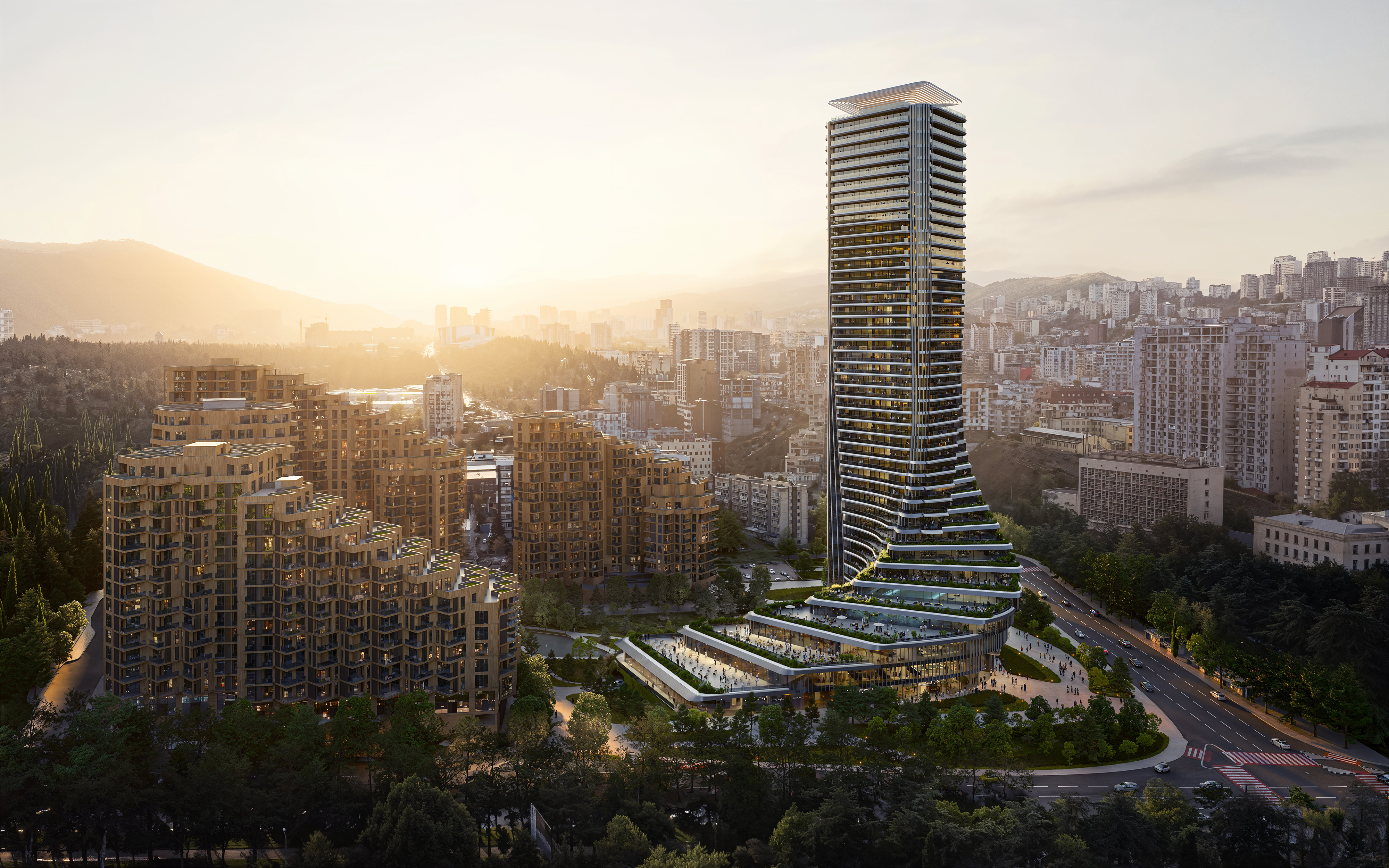 The upcoming Zaha Hadid Architects projects set to transform the horizon
The upcoming Zaha Hadid Architects projects set to transform the horizonA peek at Zaha Hadid Architects’ future projects, which will comprise some of the most innovative and intriguing structures in the world
-
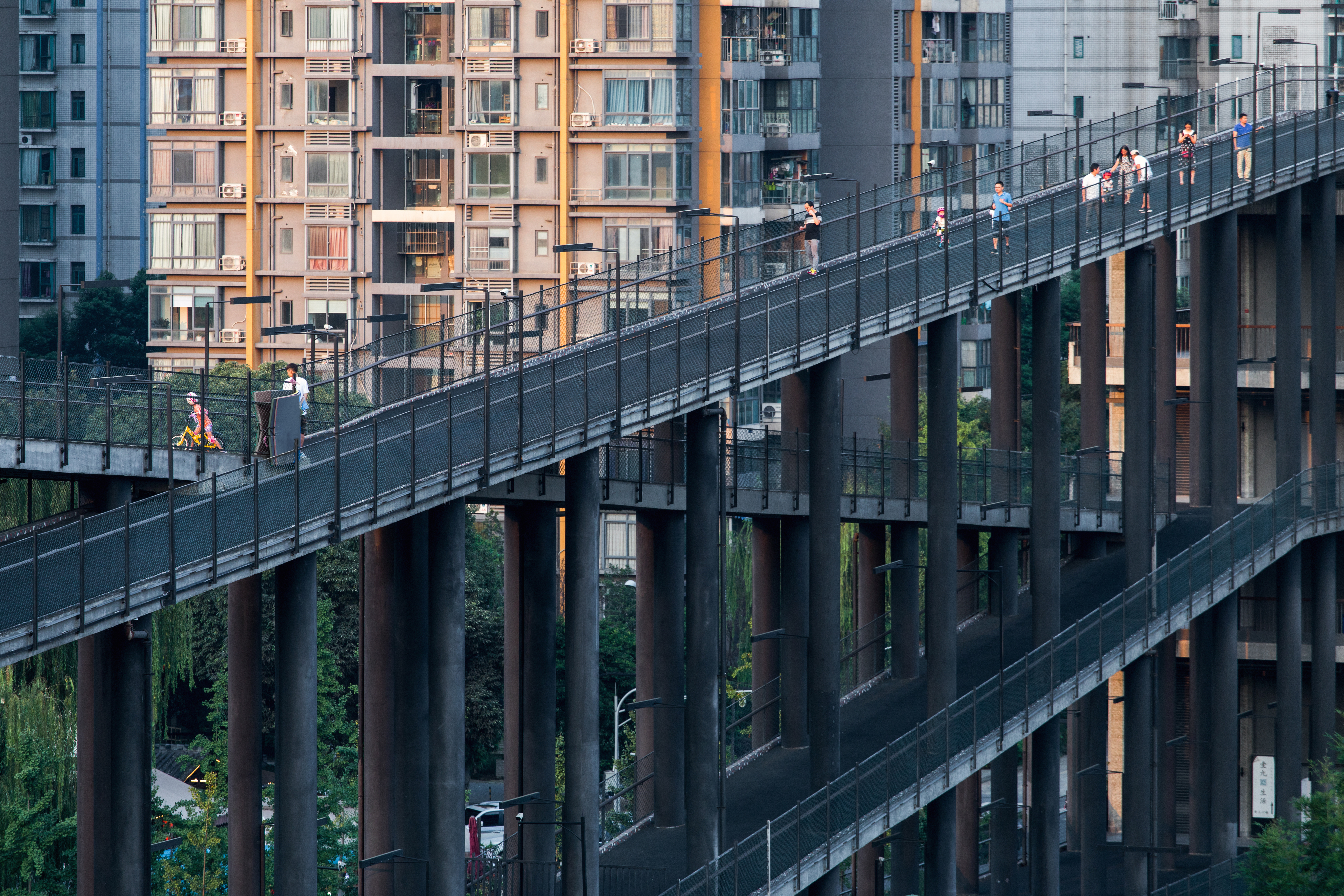 Liu Jiakun wins 2025 Pritzker Architecture Prize: explore the Chinese architect's work
Liu Jiakun wins 2025 Pritzker Architecture Prize: explore the Chinese architect's workLiu Jiakun, 2025 Pritzker Architecture Prize Laureate, is celebrated for his 'deep coherence', quality and transcendent architecture
-
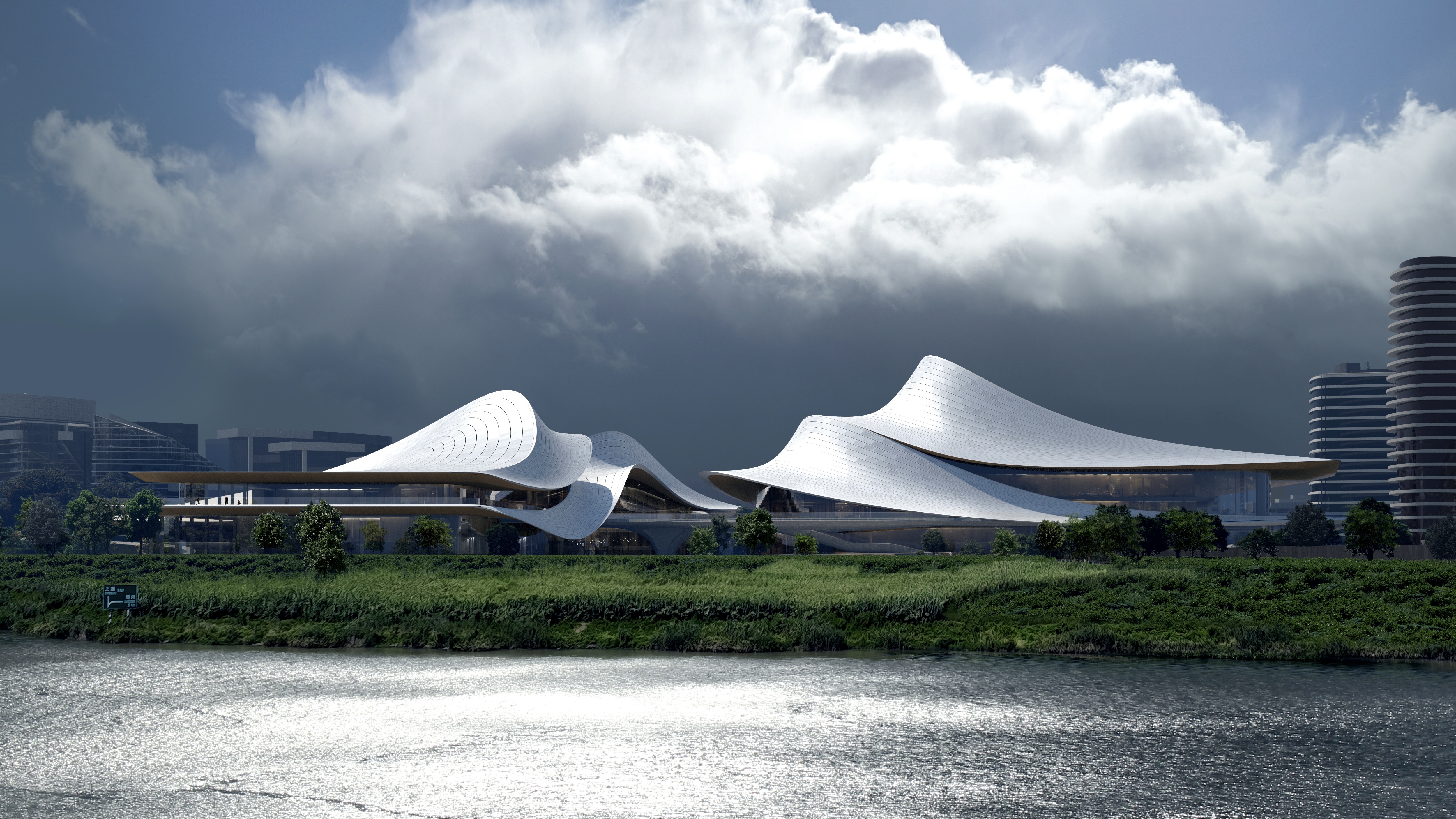 Zaha Hadid Architects reveals plans for a futuristic project in Shaoxing, China
Zaha Hadid Architects reveals plans for a futuristic project in Shaoxing, ChinaThe cultural and arts centre looks breathtakingly modern, but takes cues from the ancient history of Shaoxing
-
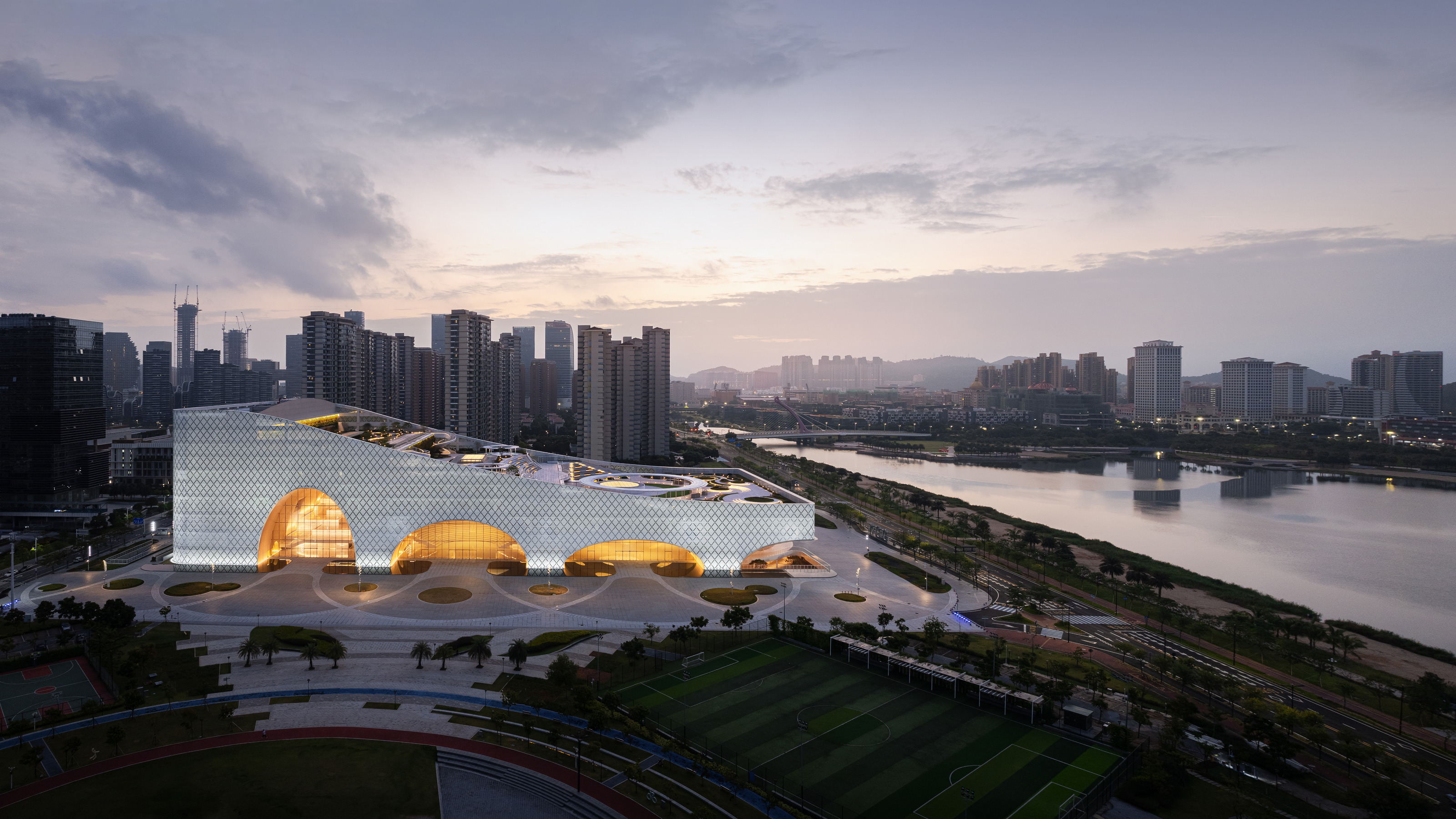 The Hengqin Culture and Art Complex is China’s newest cultural megastructure
The Hengqin Culture and Art Complex is China’s newest cultural megastructureAtelier Apeiron’s Hengqin Culture and Art Complex strides across its waterside site on vast arches, bringing a host of facilities and public spaces to one of China’s most rapidly urbanising areas
-
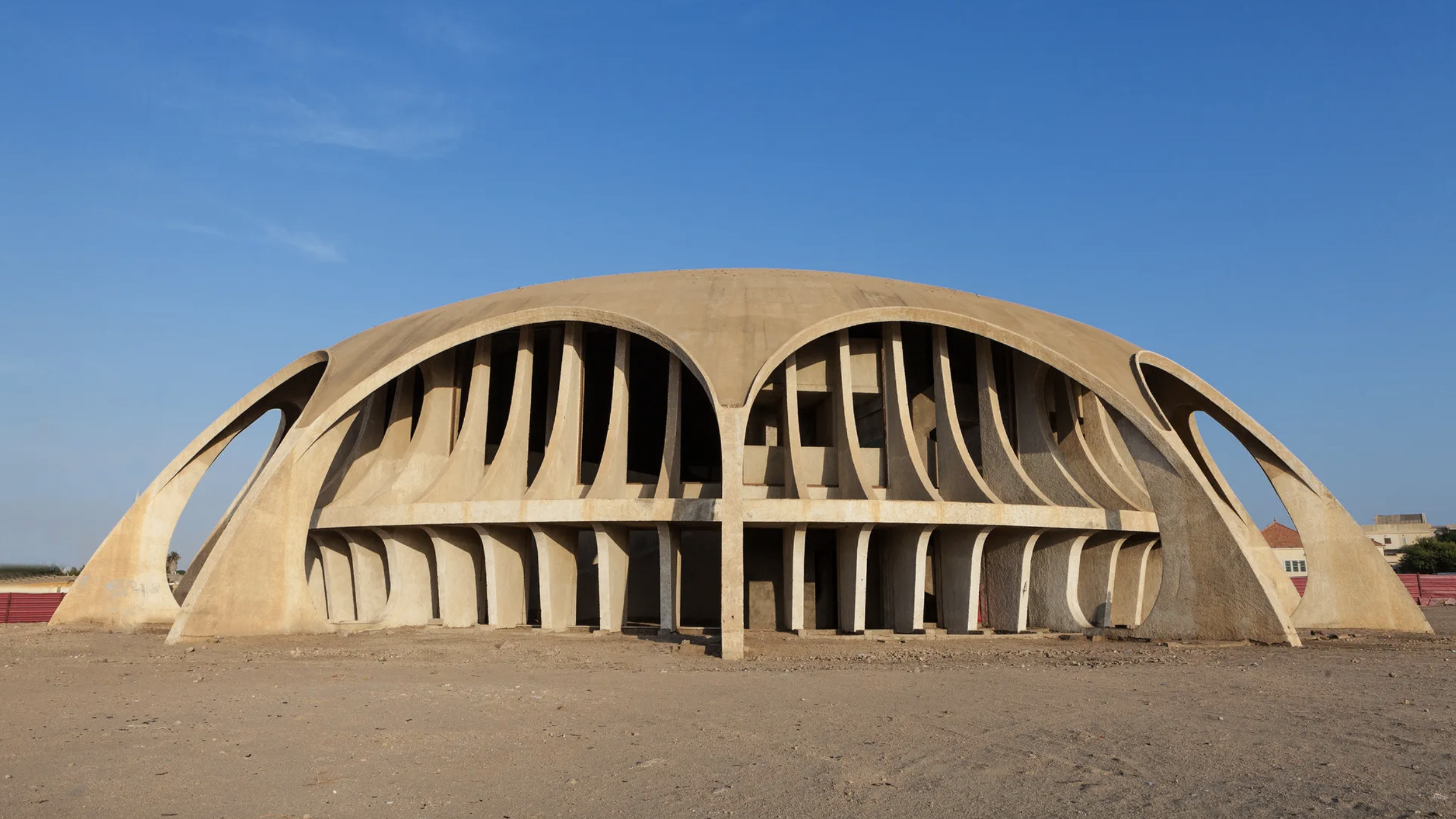 The World Monuments Fund has announced its 2025 Watch – here are some of the endangered sites on the list
The World Monuments Fund has announced its 2025 Watch – here are some of the endangered sites on the listEvery two years, the World Monuments Fund creates a list of 25 monuments of global significance deemed most in need of restoration. From a modernist icon in Angola to the cultural wreckage of Gaza, these are the heritage sites highlighted
-
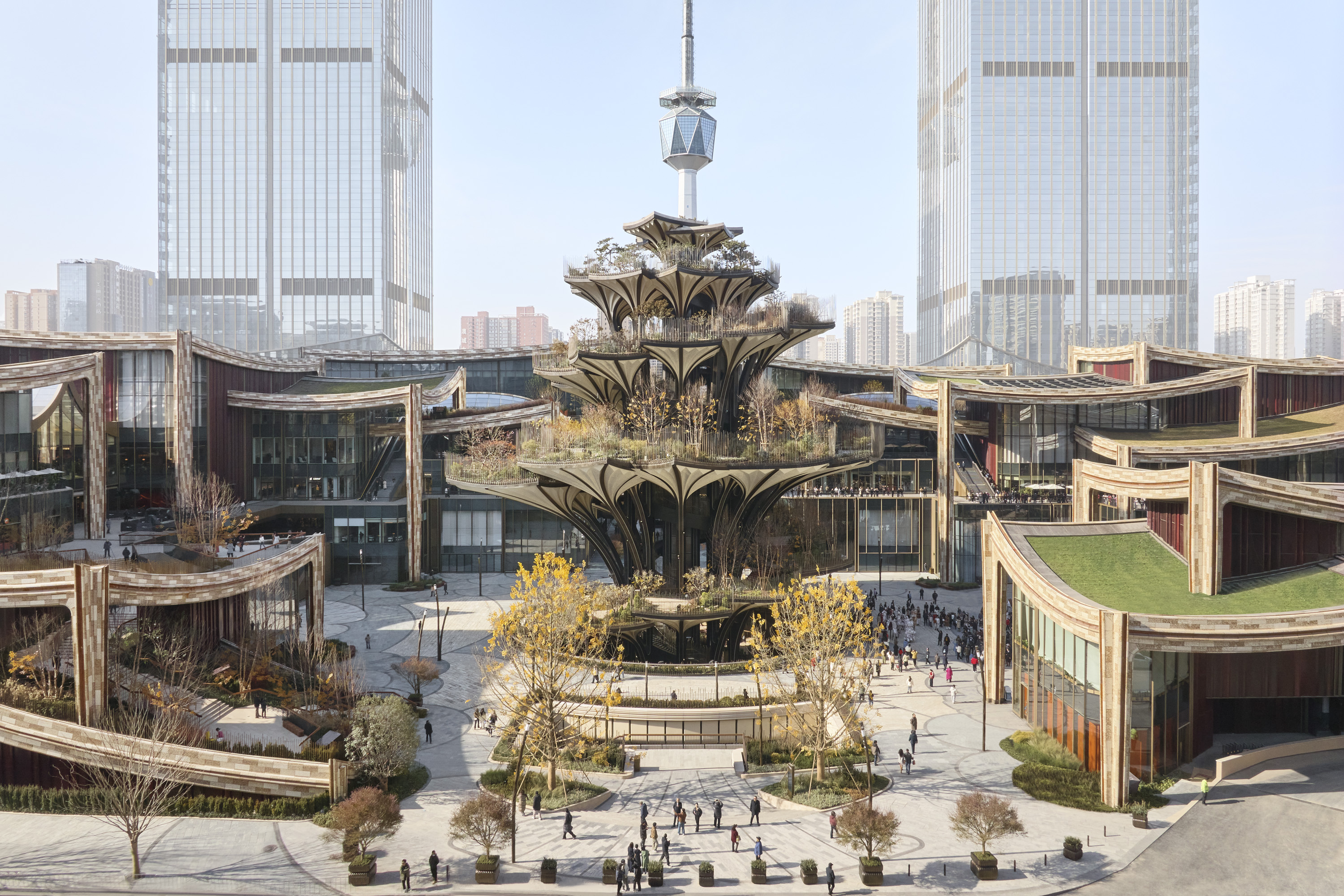 Tour Xi'an's remarkable new 'human-centred' shopping district with designer Thomas Heatherwick
Tour Xi'an's remarkable new 'human-centred' shopping district with designer Thomas HeatherwickXi'an district by Heatherwick Studio, a 115,000 sq m retail development in the Chinese city, opens this winter. Thomas Heatherwick talks us through its making and ambition